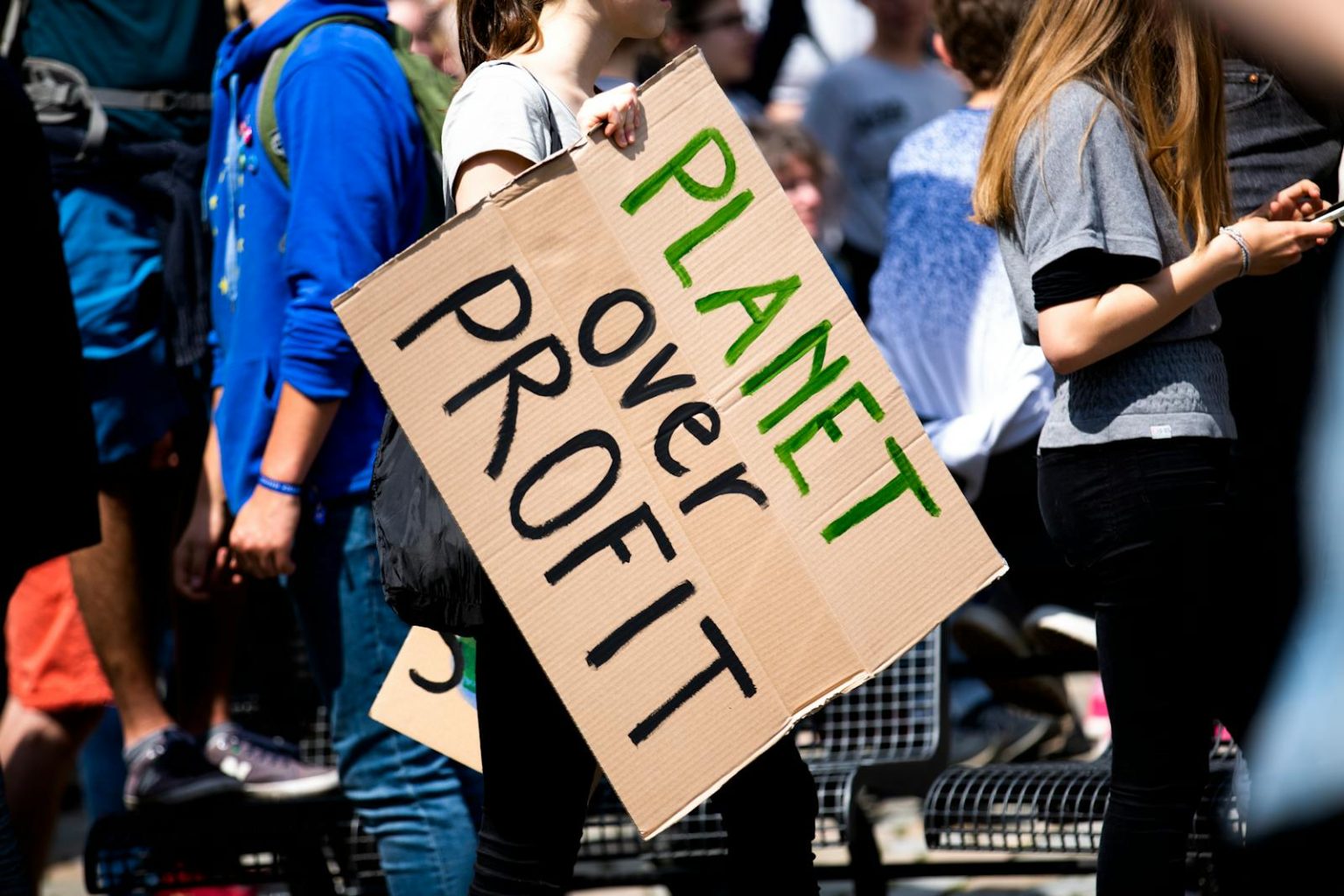The undeniable signs of global warming are increasingly visible, transcending mere rises in temperature to encompass complex alterations across the planet.
Since the onset of the Industrial Revolution, Earth’s temperature has surged by approximately 1 degree Celsius, a seemingly modest increment concealing substantial ramifications. 2023 etched its name as the hottest year on record, marking the culmination of a decade where each year successively vied for the title of the hottest.
Though often used interchangeably, scientists prefer the term “climate change” to encapsulate the multifaceted transformations now underway in our planet’s climatic and meteorological systems. This terminology embraces not only escalating temperatures but also a plethora of accompanying phenomena, from natural calamities to shifting habitats and swelling seas. This metamorphosis unfolds as humanity continues to unleash heat-retaining greenhouse gases, chief among them being carbon dioxide and methane, into the atmosphere.
Unravelling the Roots of Global Warming
The genesis of global warming lies in the unchecked discharge of fossil fuel emissions into the atmosphere. These emissions adulterate the atmospheric composition, allowing sunlight to penetrate while trapping heat—a phenomenon aptly christened the greenhouse effect.
Carbon dioxide stands as the principal culprit, constituting approximately 75% of all climate-warming pollutants. Its genesis lies in the extraction and combustion of oil, gas, and coal, with deforestation further exacerbating its prevalence. Methane, though less abundant, possesses significantly greater potency, amplifying its impact on atmospheric warming. Sourced from diverse outlets like agricultural practices, oil and gas extraction, and landfill waste, methane’s expulsion into the atmosphere catalyses rapid escalations in temperature.
Manifestations of Global Warming
The repercussions of global warming reverberate across diverse ecosystems, none more so than Earth’s polar regions and mountainous glaciated expanses. The Arctic, in particular, bears the brunt, warming at a rate fourfold swifter than the global average. This accelerated thawing engenders a litany of consequences, from dwindling ice cover to erratic weather patterns precipitated by the disruption of the jet stream.
However, the impact extends beyond temperature spikes, as evidenced by the intensification of precipitation patterns. With each incremental rise in temperature, the atmosphere’s capacity to harbour moisture burgeons by approximately seven percent, instigating a surge in extreme weather events, from deluging floods to tempestuous hurricanes and unexpectedly robust snowstorms.
Strides Towards Mitigation
Mitigating the trajectory of global warming remains a Herculean task, encumbered by political, social, and economic exigencies. Addressing the root causes entails curtailing emissions at their source, necessitating a paradigm shift towards renewable energy sources like wind and solar power. Similarly, the transportation sector demands a pivot towards electric vehicles and bolstered public transit infrastructure.
Intriguingly, the once-marginalised concept of geoengineering is garnering renewed attention as a potential panacea. This technological gambit envisages the manipulation of Earth’s atmospheric dynamics to stave off solar radiation or sequester carbon dioxide from the skies.
Moreover, restoring nature’s equilibrium emerges as a pivotal strategy in ameliorating global warming. Ecosystems, from forests to wetlands, serve as invaluable carbon sinks, counteracting emissions through absorption. Yet, the rampant degradation of these ecosystems portends a dire diminution of their climate-mitigating efficacy.
A Call to Action
As the spectre of global warming looms ever larger, the imperative for collective action grows more urgent. Whether through systemic overhauls in energy production and consumption or through innovative technological interventions, the mandate is clear: the time to act is now. Failure to stem the tide of global warming imperils not only the stability of our planet but also the viability of future generations. In the face of this existential threat, complacency is a luxury we can ill afford.


